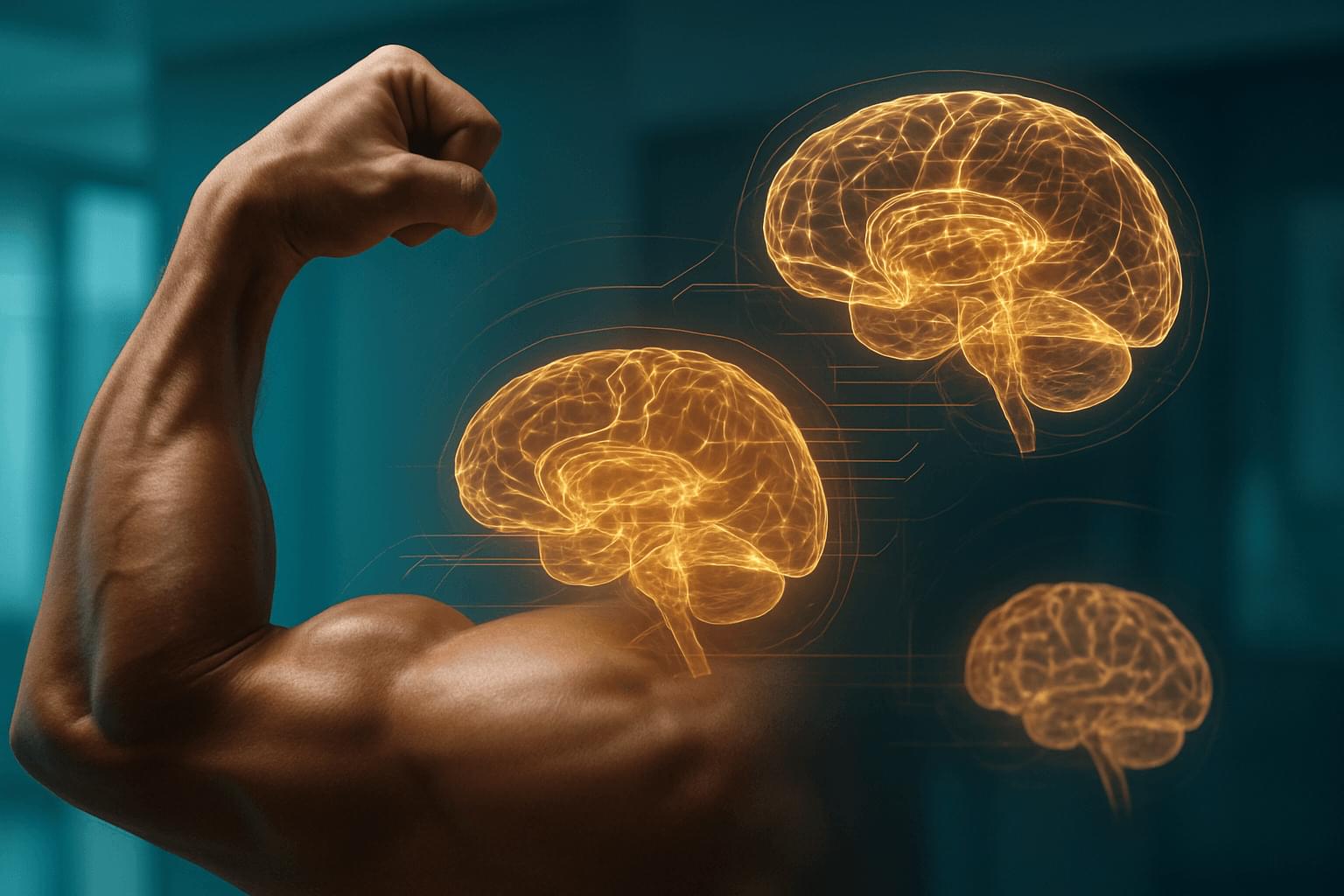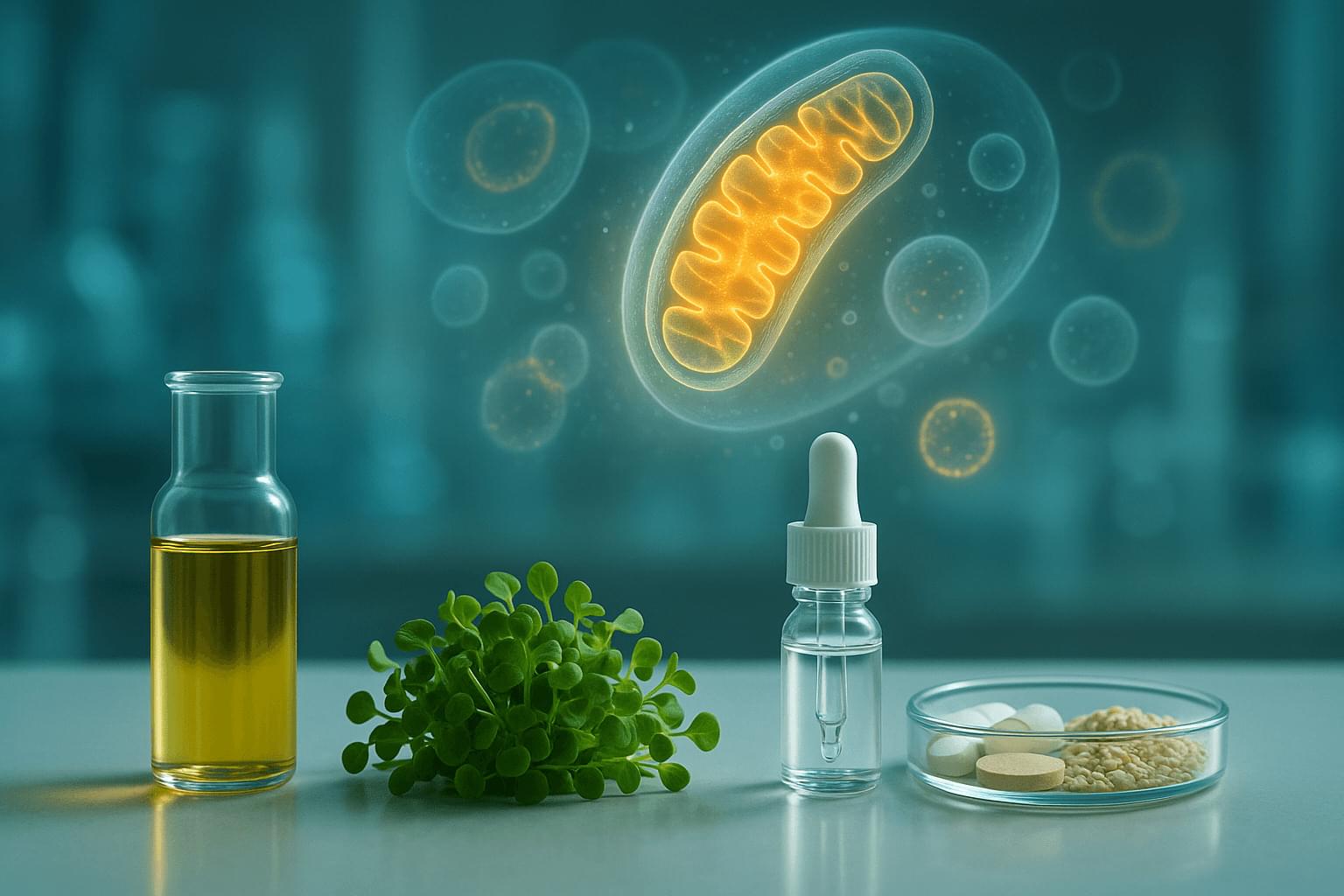Researchers discovered five phases of brain rewiring across the lifespan. The eras of childhood, adolescence, adulthood, early aging, and late aging each have characteristic rewiring of structural connections across the whole brain.
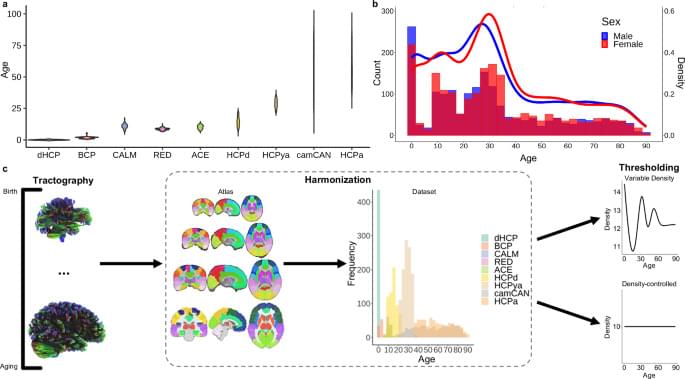

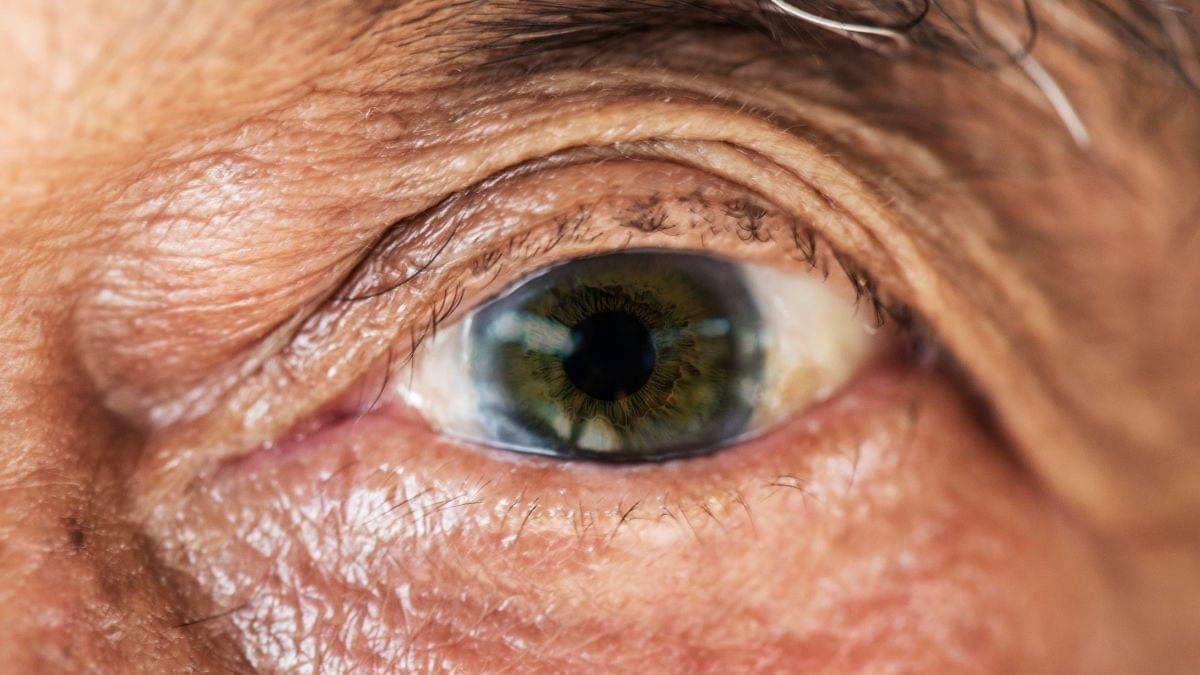
Taking a photo of a friend? You’ve probably got their face centered and focused. Driving down a highway? Eyes on the road.
But for millions of adults with age-related macular degeneration, that crucial, central field of sight is blurred beyond recognition. Current treatments can only slow its progression or augment vision, but the blur will usually continue to worsen.
A recent clinical trial of a treatment based on stem cell transplants has found the procedure may be able to safely reverse the cumulative damage to the hard-working macula – that part of the retina responsible for all you see directly in front of you.

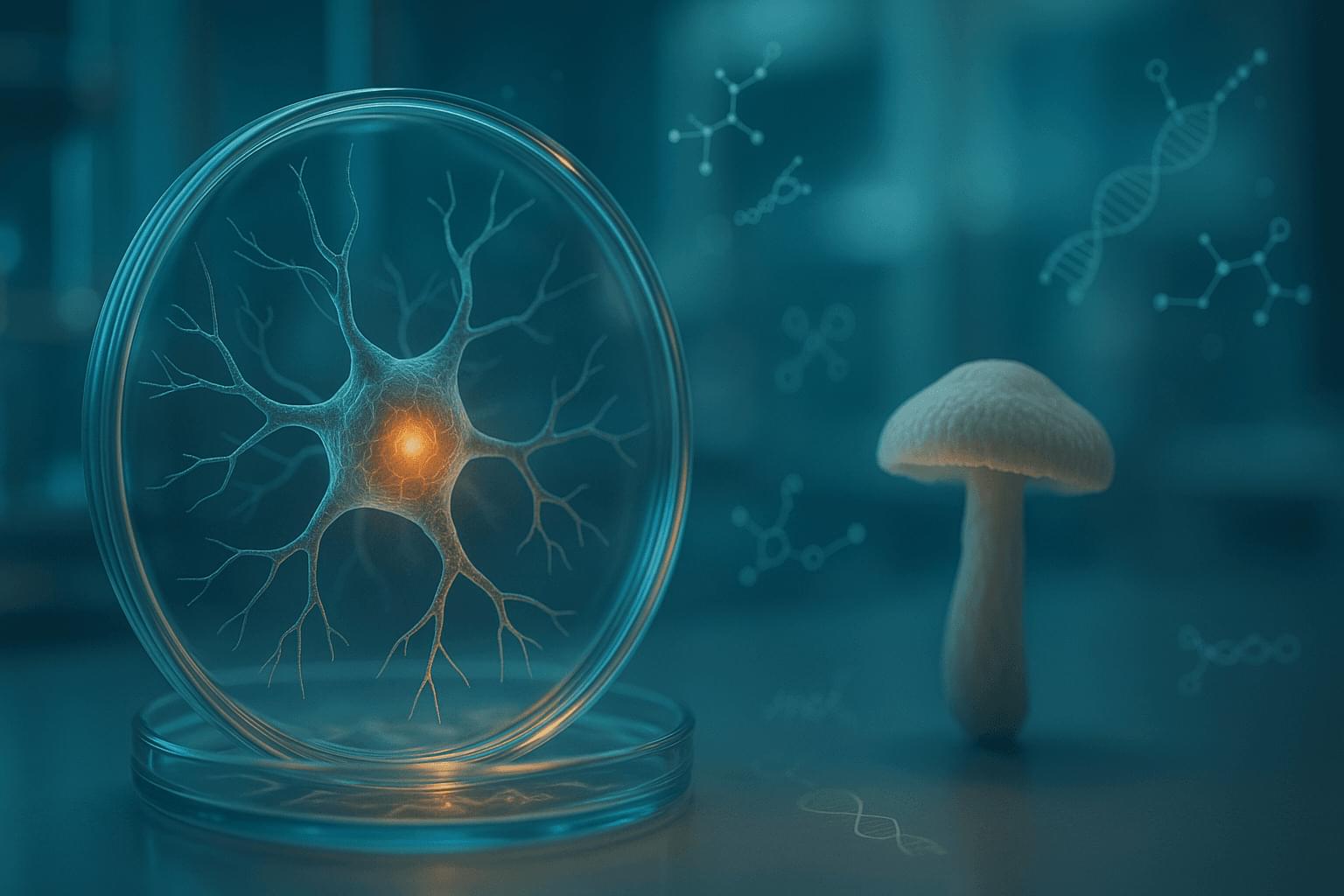
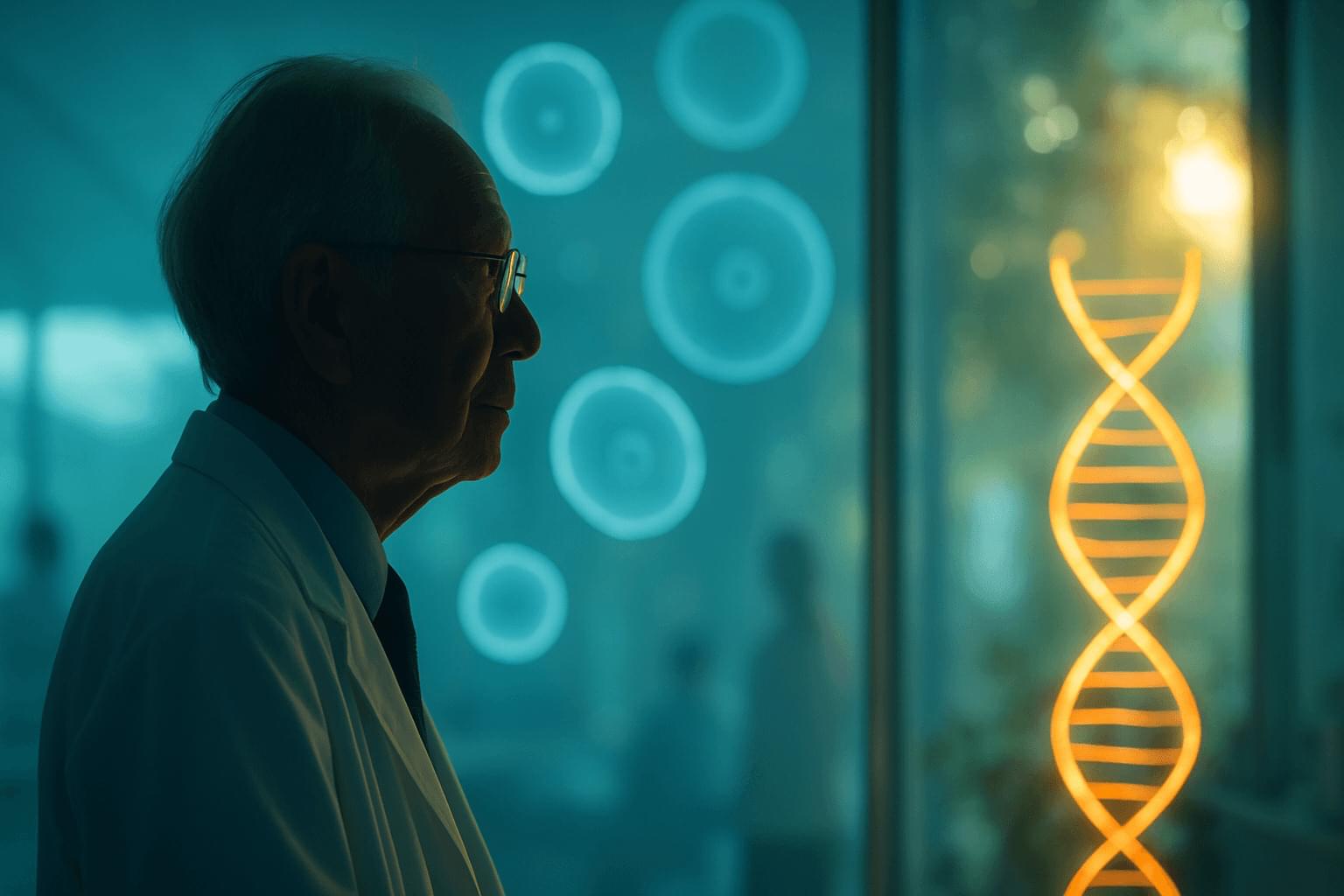
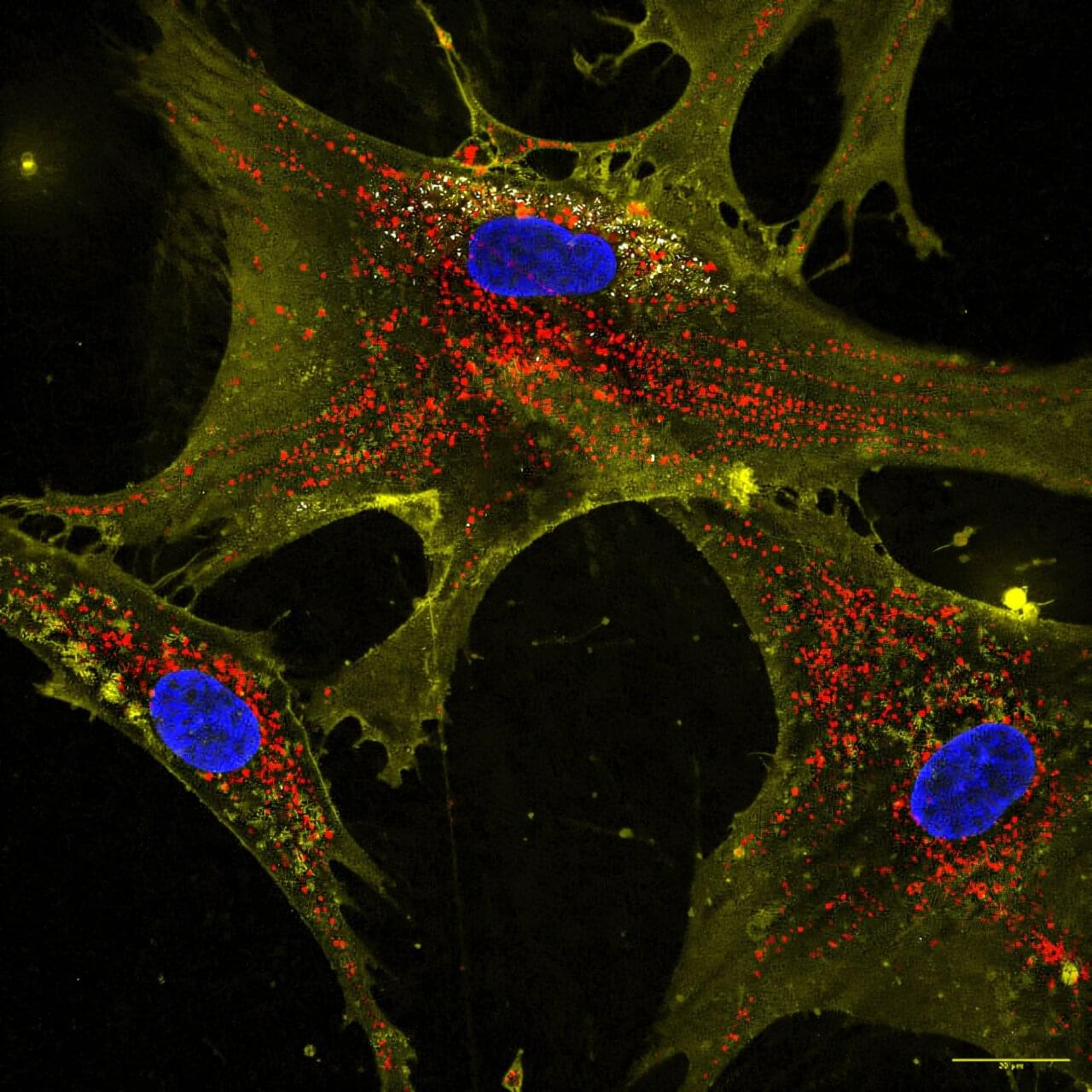
Biomedical researchers at Texas A&M University may have discovered a way to stop or even reverse the decline of cellular energy production—a finding that could have revolutionary effects across medicine.
Dr. Akhilesh K. Gaharwar and Ph.D. student John Soukar, along with their fellow researchers from the Department of Biomedical Engineering, have developed a new method to give damaged cells new mitochondria, returning energy output to its previous levels and dramatically increasing cell health.
Mitochondrial decline is linked to aging, heart disease and neurodegenerative disorders. Enhancing the body’s natural ability to replace worn-out mitochondria could fight all of them.

Researchers at the Icahn School of Medicine at Mount Sinai have discovered how to reverse aging in blood-forming stem cells in mice by correcting defects in the stem cell’s lysosomes. The breakthrough, published in Cell Stem Cell, identifies lysosomal hyperactivation and dysfunction as key drivers of stem cell aging and shows that restoring lysosomal slow degradation can revitalize aged stem cells and enhance their regenerative capacity.
Lysosomes are specialized structures that act as the cell’s recycling system, breaking down proteins, nucleic acids, carbohydrates, and lipids. Lysosomes accumulate and degrade waste, and eventually recycle it to be reused in biosynthetic processes. Lysosomes can also store nutrients to be released when needed. Lysosomes are recognized as pivotal for regulating metabolism in the cell, both catabolism (breaking down complex molecules to simple ones) and anabolism (building complex molecules from simpler ones).
The study, led by corresponding author Saghi Ghaffari, MD, Ph.D., Professor of Cell, Developmental, and Regenerative Biology at the Icahn School of Medicine and a member of the Black Family Stem Cell Institute, focuses on hematopoietic stem cells (HSCs). These are the rare long-lived cells in the bone marrow responsible for generating all blood and immune cells.
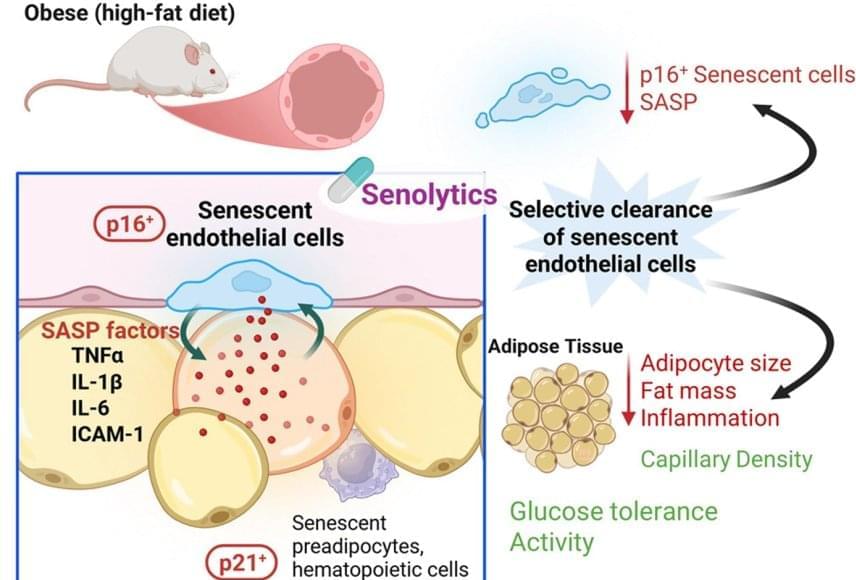
Previous research by the investigators showed that eliminating senescent cells with drugs called senolytics improved metabolic function, the body’s method for turning food and drink into energy.
In the current study, investigators focused on senescent blood vessel cells. They selectively removed these cells from obese laboratory mice and found that the animals’ inflammation and fat mass were reduced—and blood sugar levels improved.
When the investigators transplanted senescent blood vessel cells into lean laboratory mice, those mice developed inflammation in fat tissue and metabolic dysfunction.
The lead said this occurred because senescent blood vessel cells release high levels of inflammatory molecules.
The investigators next treated both groups of mice with fisetin, a naturally occurring senolytic compound, and found that the mice had fewer senescent blood vessel cells and improved diabetic symptoms. Investigators saw a similar decline in senescent blood vessel cells when they treated tissue samples from obese human patients with fisetin.
Investigators found that aged blood vessel cells play a key role in the development of metabolic disorders, including diabetes. The preclinical findings, published in Cell Metabolism, could lead to new treatments for these complex disorders.
